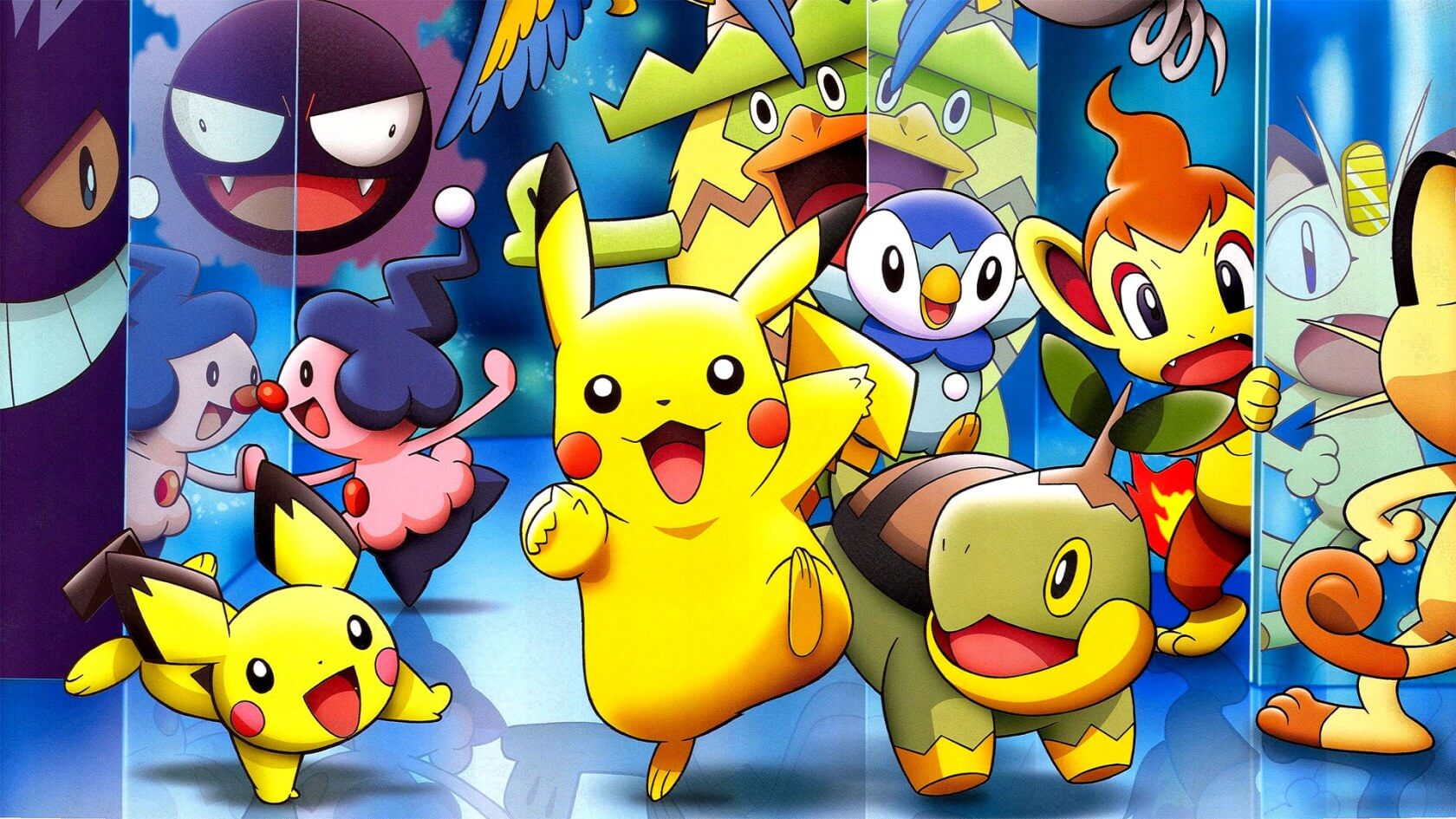In brief: We all know a child's mind can be influenced by his or her experiences early on in life, but according to one Stanford study, some hobbies were far more influential than others. Modern Pokemon fans may have been so heavily impacted by their childhood Pokemon playtime that their brains have developed a "unique cluster" of cells that are specifically intended to help them recognize different Pokemon species.
If that sounds like an outlandish concept to you, it's worth noting that these findings aren't completely revolutionary. Previous studies have found that many individuals have similar brain cell clusters for recognizing popular political figures and celebrities, such as Bill Clinton, Kobe Bryant, and Jennifer Aniston.
Interestingly, this Pokemon-related cluster of brain cells was activated in roughly the same area across 11 different "Pokemon experts" and novices when they were tasked with recognizing the virtual creatures. However, as you might expect, the experts' brains responded "more strongly" to images of Pokemon than their less-fanatical counterparts.
Researchers have come to the conclusion that the type of vision we're using to look at a given object, person, or – in this case – Pokemon determines what part of the brain is being used to recognize it. Apparently, because Pokemon on classic Gameboy screens were relatively small, they "occupy a small portion in the central retina" when gazed at. Given that Pokemon fans all played on the same devices, that could explain why the test subjects seem to have developed similarly-placed cell clusters.
Researcher Jesse Gomez says these findings imply that the human brain is "capable of developing more specialized brain regions for recognizing objects than we previously thought," which may in turn mean that we're "not limited" by our brains, but rather by how many unique and impactful experiences we have as children.
